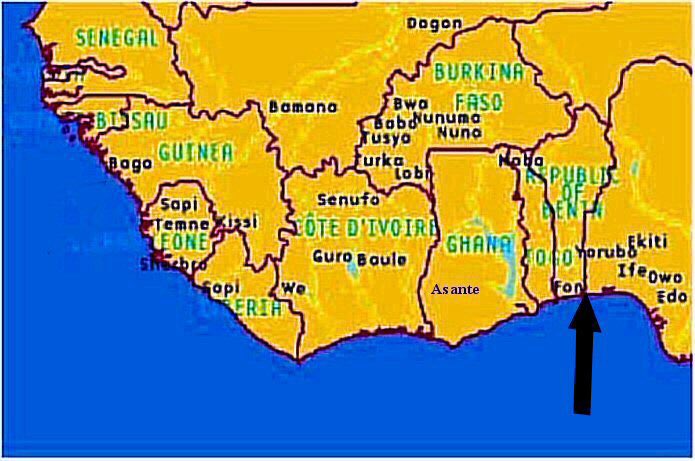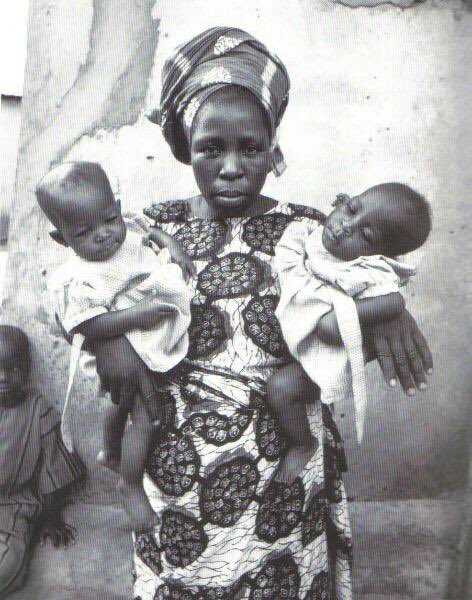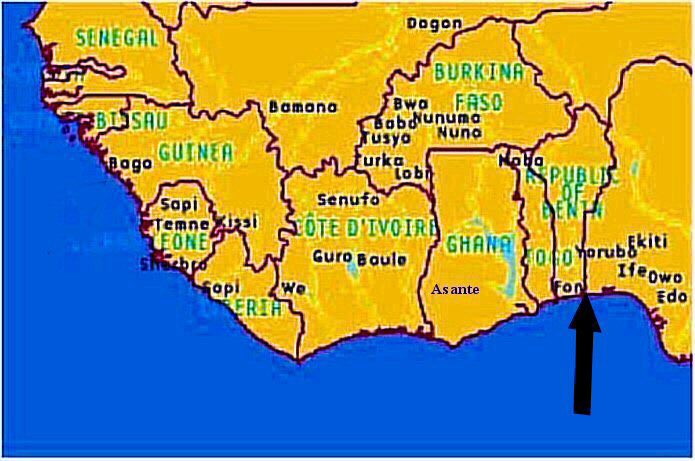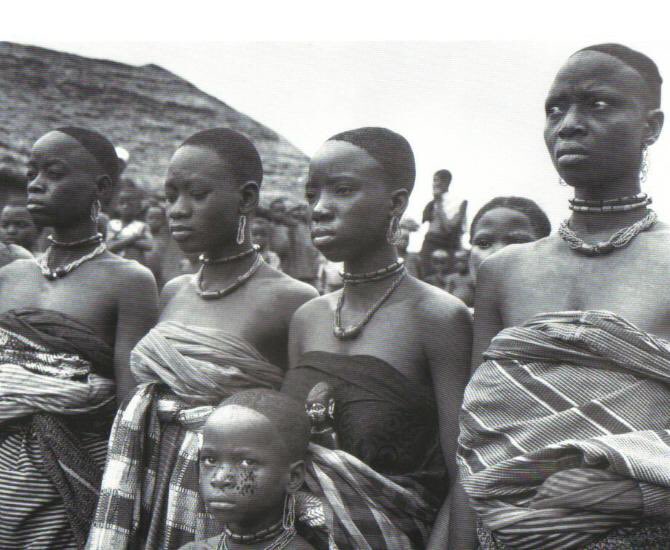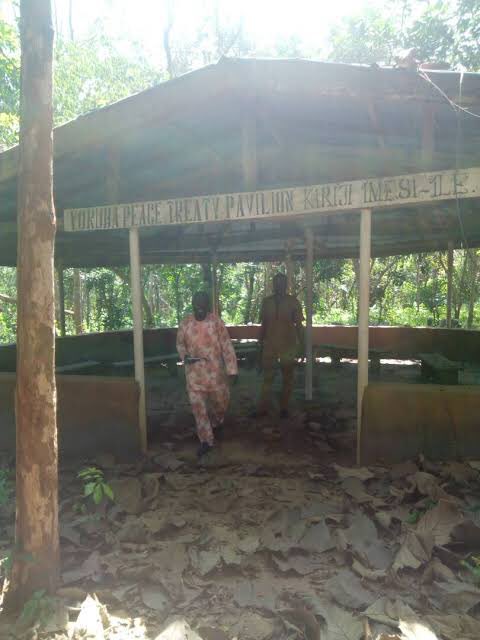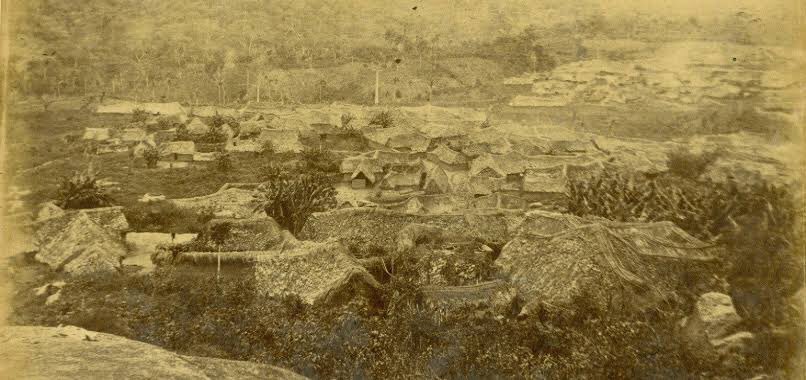
“Lagos, not before 1948.”
Eugene V. Harris was an American photographer who spent ten years traveling the world, documenting the lives of people in photographs. He spent some time in Nigeria, visiting Lagos, Ibadan & Kano.
Here’s a selection depicting Lagos life “not before...”
Eugene V. Harris was an American photographer who spent ten years traveling the world, documenting the lives of people in photographs. He spent some time in Nigeria, visiting Lagos, Ibadan & Kano.
Here’s a selection depicting Lagos life “not before...”
Roadside firewood advert, emphasising the good price and the seller’s business philosophy of “Small profit; quick returns.” 
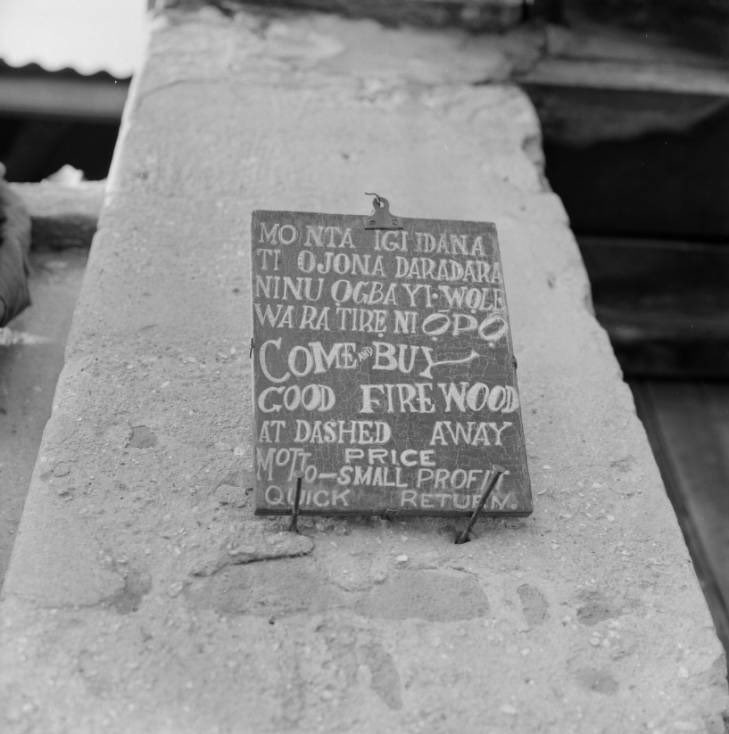
Man and two children wearing an Agbada made with fabric that probably depicts Queen Elizabeth’s coronation in 1953. It is the most concrete pointer to the possibility that the photographs were most probably taken in, or after 1953. 

The full file of 27 photographs in all, is housed in the AGSL Collection at University of Wisconsin-Milwaukee Libraries, from where this is sourced.
• • •
Missing some Tweet in this thread? You can try to
force a refresh























